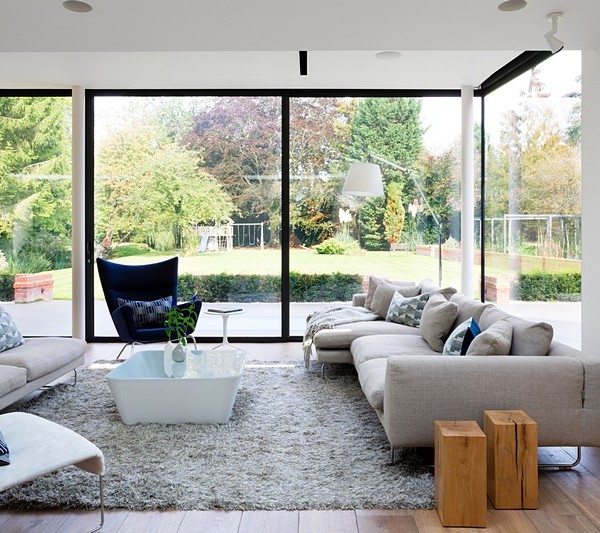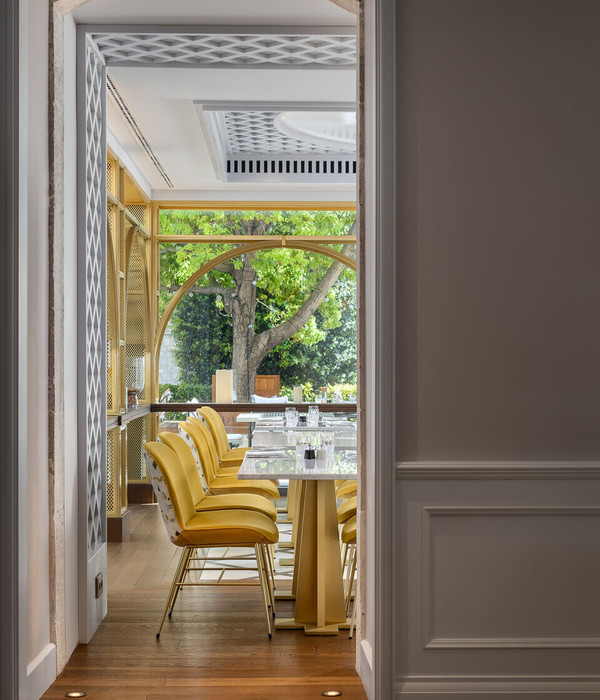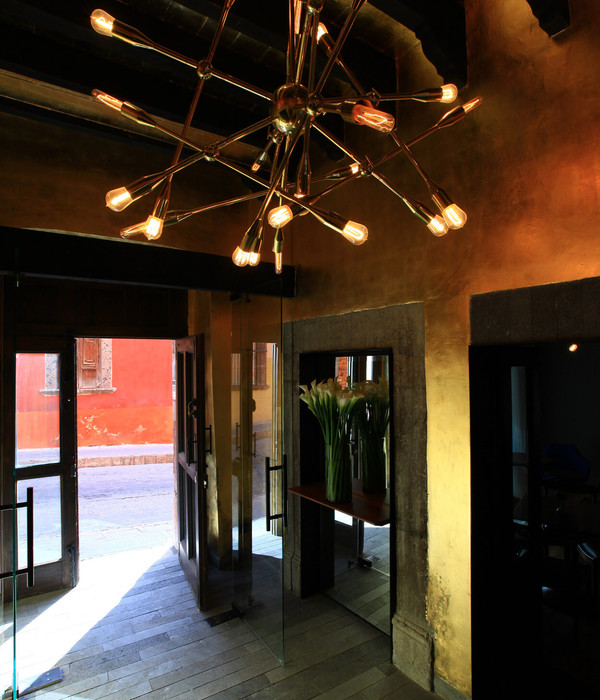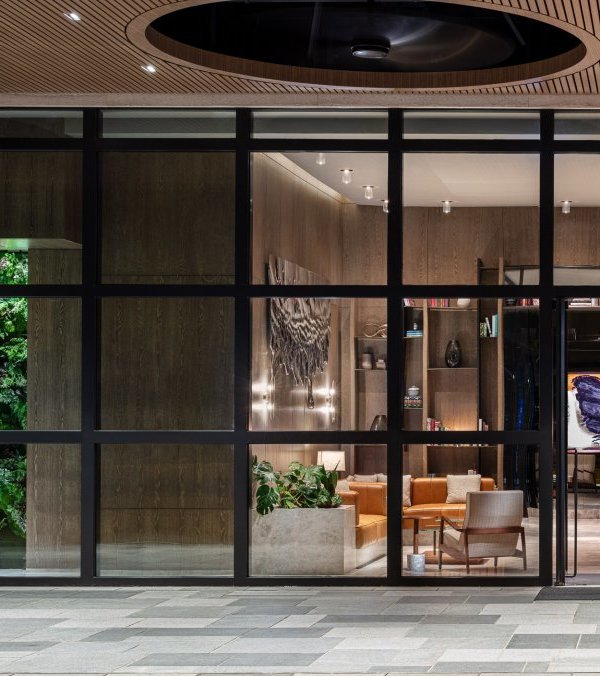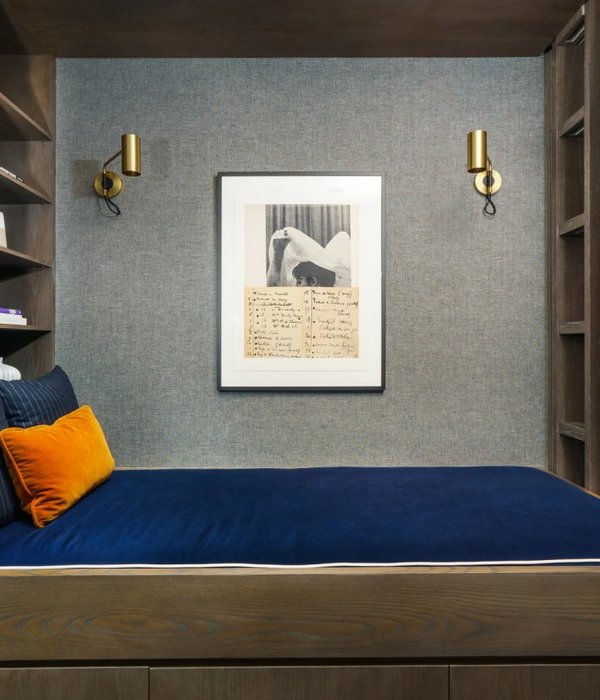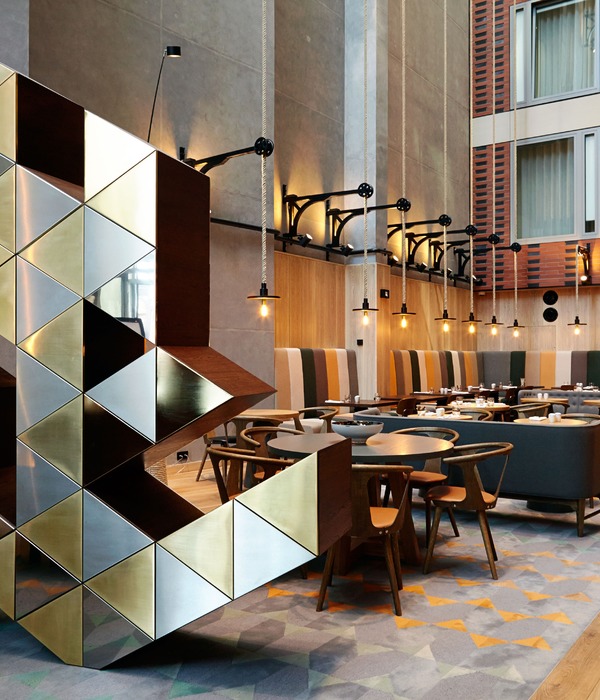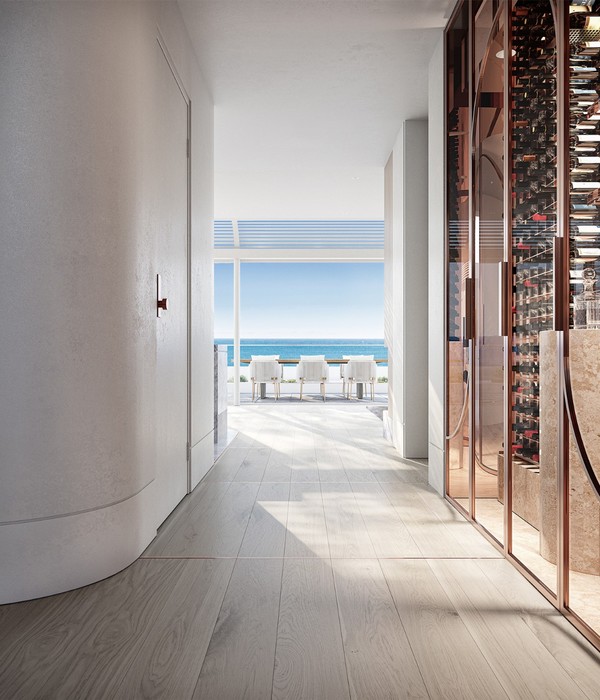The ancient toponym is 'sotto la Chianella' (under the Chianella), the medieval district, a place of trade and traffic of goods outside the Moenia, outside the high Norman walls of Civita, today the 'rione Pianelle', a landing place for travelers to discover the Exceptional Universal Value of the UNESCO site I Sassi and the park of the rupestrian churches of Matera.
Everything is recovery and everything is recovered, an ancient wisdom that is renewed today as in the past, sacrifice becomes project and contemporaneity. The result is a red thread that unites seventeen unique places where living is a challenge and an achievement.
The images of the places of 2010, the year of the first draft of the project, only evoke collapses, rubble, precariousness. After the displacement provided for by the special law of 1952 entitled “Risanamento dei rioni dei Sassi nell’abitato del comune di Matera” (Rehabilitation of the Sassi districts in the town of Matera), nature had taken those places back, making the urban ecosystem unrecognizable that the effort of generations had perfected over the course of centuries.
The idea that inspired the project and the enthusiasm that animated its realization revolves around the recovery of the components of the cultural landscape of the Sassi and their reuse in a contemporary key.
The morphology of the urban area recalls the shape of a horseshoe and is articulated on three levels around three courtyards / neighborhoods, which constitute the aggregation matrix of the environments. The whole is a counterpoint of full and empty, excavated and built, a thousand square meters of stories that document living and work, a story of the existence of man over the centuries.
At the end of the long, narrow courtyard in the center of the complex, four centuries ago, in 1610, someone celebrated their success in society and work on a massive tuff lintel adorned with acanthus leaves. Today those acanthus leaves mark the entrance to the most important place, that of the 'convivio', where every day guests gather at the beginning of the day for breakfast. We are below the Chianella inside the ancient 'foggiali', the grain deposits of the medieval city, as documented by the mouths of the pits at the top of the cave.
Just as the conservation of grain has determined the shapes of the molds, so the collection of water has drawn sinuous paths and generated the shapes of the bell-shaped cisterns. The rigor of the renovation plays with these forms, making them dialogue with the new intended uses of the multi-building hotel. All the materials found during the works have been recovered and reused, from the seventeenth-century terracotta tiles, to the eighteenth-century majolica, to the twentieth-century tiles.
The rooms of the Pianelle resort widespread hotel are divided into three levels and all have independent entrances from the three common courtyards, following the numbering of the historic civic numbers of the Pianelle district from which the accommodation facility took its name. Faithful to the memory of the places, the design of the rooms is minimal and sober, in symbiosis with the suggestion of the settings, partly built and partly carved into the tuff. There is no lack of references to functionalism such as the Lampe de Marseille, designed by Le Corbusier in 1949 which, with its two reflectors orienting the light beam in the opposite direction, creates particular chiaroscuro effects. Essentiality and sustainability are intertwined in the furnishings rigorously produced by companies participating in the EU's "Legal Wood" project for the sustainable management of the world's forests.
Beauty, style and harmony with nature are perfectly integrated in the Pianelle resort offering guests unique and unforgettable experiences.
The construction of the hotel was partly financed as part of the financial concessions provided for by the "Avviso pubblico Ricettività di qualità di cui al Patto per la Basilicata FSC 2014-2020 – DGR Basilicata 517 del 17.05.2016” (Public Notice of Quality Accommodation pursuant to the Pact for Basilicata FSC 2014-2020 - DGR Basilicata 517 of 17.05.2016).
The first phase of the conservative restoration work was carried out by the company COBIM s.r.l., while the second by the company ELLEVI s.r.l .. The following also contributed to the realization: Alessandro Castano Ebanisteria & Restauro, Colonna Francesco & Son of Cuscianna Romana, Delfino infissi s.r.l., Dibenedetto marmi s.r.l., Edilloperfido s.r.l., Frascella Emanuele s.r.l., Il Vetraio di Olivieri Pietro, Luciano Lassandro, Mafer, Quattroper, Roberto D'Ambrosio, S.A.T. s.r.l., Teca s.r.l ..
In the common areas of the hotel there are four panels in historiated majolica by the Matera ceramist Peppino Mitarotonda, depicting decisive moments in the history of the city of Matera. While in the rooms some works on cardboard by the young Apulian artist Damiano Azzizia are exhibited, whose pictorial research is the result of a careful study of the surrounding space, especially the domestic one and the objects / subjects that inhabit it.
[IT]
Il toponimo antico è 'sotto la Chianella', la contrada medievale luogo di scambi e traffico di merci extra moenia, fuori le alte mura normanne della Civita, oggi 'rione Pianelle', luogo di approdo di viaggiatori alla scoperta dell'Eccezionale Valore Universale del sito UNESCO I Sassi e il parco delle chiese rupestri di Matera.
Tutto è recupero e tutto si recupera, un’antica sapienza che si rinnova oggi come nel passato, il sacrificio diventa progetto e contemporaneità. Il risultato è un filo rosso che unisce diciassette luoghi unici dove l’abitare è una sfida e una conquista.
Le immagini dei luoghi del 2010, l’anno della prima stesura del progetto, evocano solo crolli, macerie, precarietà. Dopo lo sfollamento previsto dalla legge speciale del 1952 intitolata “Risanamento dei rioni dei Sassi nell’abitato del comune di Matera”, la natura se li era ripresi quei luoghi, rendendo irriconoscibile l’ecosistema urbano che la fatica di generazioni aveva perfezionato nel corso di secoli.
L’idea che ha ispirato il progetto e l’entusiasmo che ne ha animato la realizzazione ruota attorno al recupero delle componenti del paesaggio culturale dei Sassi ed al loro riuso in chiave contemporanea.
La morfologia del comparto urbano ricorda la forma di un ferro di cavallo e si articola su tre livelli intorno a tre corti/vicinato, che costituiscono la matrice di aggregazione degli ambienti. L’insieme è un contrappunto di pieni e di vuoti, di scavato e di costruito, mille metri quadri di storie che documentano l’abitare e il lavoro, un racconto dell’esistenza dell’uomo nei secoli.
In fondo alla corte stretta e lunga al centro del complesso, quattro secoli fa, nel 1610, qualcuno ha celebrato su un massiccio architrave in tufo, adorno di foglie di acanto, il proprio successo nella società e nel lavoro. Oggi quelle foglie di acanto segnano l’ingresso nel luogo più importante, quello del convivio, dove ogni giorno gli ospiti si ritrovano all’inizio della giornata per la colazione. Siamo sotto la Chianella all’interno degli antichi foggiali, i depositi di grano della città medievale, come documentato dalle bocche delle fosse sulla sommità della grotta.
Come la conservazione del grano ha determinato le forme dei foggiali, così la raccolta dell’acqua ha disegnato percorsi sinuosi e generato le forme delle cisterne a campana. Il rigore dell’intervento di recupero gioca con queste forme facendole dialogare con le nuove destinazioni d'uso dell’albergo diffuso. Tutti i materiali rinvenuti nel corso dei lavori sono stati recuperati e riusati, dai sestini seicenteschi in cotto, alle maioliche settecentesche, alle pastine novecentesche.
L’insieme è un grande puzzle dove ogni tessera riconduce ad una storia particolare e nel complesso offre un contatto autentico con il luogo, con i suoi sapori e la sua gente.
Le camere dell'albergo diffuso Pianelle resort sono articolate su tre livelli ed hanno tutte ingresso indipendente dalle tre corti comuni, seguendo la numerazione dei civici storici del Rione Pianelle dal quale la struttura ricettiva ha tratto il nome. Fedele alla memoria dei luoghi, il design delle camere è minimale e sobrio, in simbiosi con la suggestione delle ambientazioni, in parte costruite in parte scavate nel tufo. Non mancano citazioni del funzionalismo come la Lampe de Marseille, progettata da Le Corbusier nel 1949 che con i suoi due riflettori orientanti il fascio luminoso in direzione opposta, crea particolari effetti chiaroscurali. Essenzialità e sostenibilità si intrecciano negli arredi rigorosamente prodotti da aziende aderenti al progetto “Legal Wood” dell’UE per la gestione sostenibile delle foreste del pianeta.
Bellezza, stile ed armonia con la natura si integrano perfettamente nel Pianelle resort offrendo agli ospiti esperienze uniche ed indimenticabili.
La realizzazione dell'albergo è stata in parte finanziata nell'ambito delle agevolazioni finanziarie previste dal "Avviso pubblico Ricettività di qualità di cui al Patto per la Basilicata FSC 2014-2020 – DGR Basilicata 517 del 17.05.2016”.
La prima fase dei lavori di risanamento conservativo è stato eseguita dalla ditta COBIM s.r.l., mentre la seconda dalla ditta ELLEVI s.r.l.. Hanno contribuito, inoltre, alla realizzazione: Alessandro Castano Ebanisteria & Restauro, Colonna Francesco & Figlio di Cuscianna Romana, Delfino infissi s.r.l., Dibenedetto marmi s.r.l., Edilloperfido s.r.l., Frascella Emanuele s.r.l., Il Vetraio di Olivieri Pietro, Luciano Lassandro, Mafer, Quattroper, Roberto D'Ambrosio, S.A.T. s.r.l., Teca s.r.l..
Negli spazi comuni dell'albergo sono esposti quattro pannelli in maiolica istoriata opera del ceramista materano Peppino Mitarotonda, raffiguranti momenti decisivi della storia della città di Matera. Mentre nelle camere sono esposte alcune opere su cartone del giovane artista pugliese Damiano Azzizia, la cui ricerca pittorica è il risultato di un attento studio dello spazio circostante, soprattutto quello domestico e degli oggetti/soggetti che lo abitano.
{{item.text_origin}}


